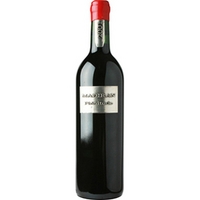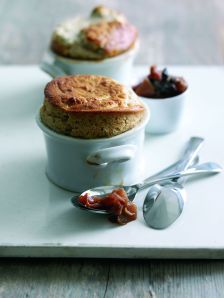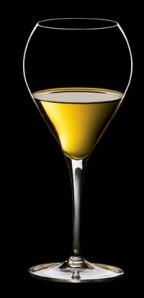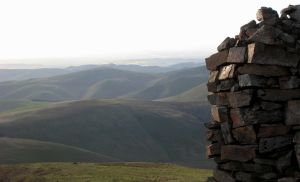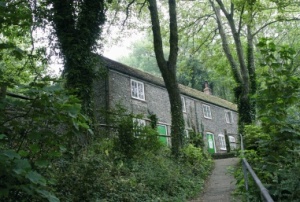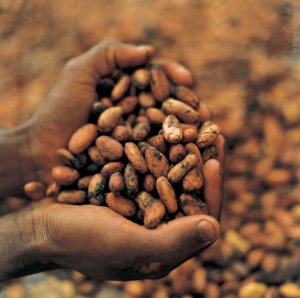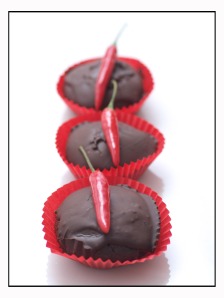Does the smell sea remind you of your childhood? Does the perfume of hair gel make you think of a teenage romance? Does the pong of antiseptic liquid make you shudder? Which aromas trigger involuntary memories for you? Good or repugnant the Proust Effect poll wants to hear about them.
The ‘Proust Effect’ is an on-going theme on this blog. The idea fascinates me because it shows how easily the mind can be manipulated by aromas: the smell of freshly cut grass, baking bread, petrol, sour beer… all can conjure up an involuntary memory of a special moment, perhaps from childhood or of a once familiar place, which just for a moment is poignantly and clearly remembered.
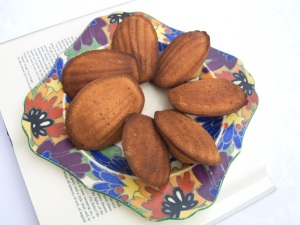
I know from the number of hits on my previous postings on the Proust Effect that I am not alone in finding this phenomena interesting. So I have decided to gather anecdotal evidence from readers on this ‘Proust Effect Poll’ to find out which aromas most affect them and what times of their life they remember most vividly. My only goal in doing this is to create some interesting reading, I do not expect to make a neuro-scientific break-through or any other earth shattering conclusions!
But first lets take a look at what the Proust Effect actually is. Neuroscientists call involuntary aroma-triggered memories the ‘Proust Effect’, in homage to the description in Remembrance of Things Past by Marcel Proust, when Marcel, the protagonist, eats a madeleine:
And suddenly the memory appeared. That taste was the taste of the little piece of madeleine which on Sunday morning at Combray (because that day I did not go out before it was time for Mass), when I went to say good morning to her in her bedroom, my Aunt Léonie would give me after dipping it in her infusion of tea or lime-blossom.[1]
The memory stirred by smelling and eating this madeleine is the significant starting point of what many people view as the greatest novel of the 20th century. It is certainly the greatest literary description of the link between smell and memory.
Not all Proust’s reveries are sweetly romantic though, later on in Remembrance of Things Past, Proust talks, less poetically, of the stink of urinals on the Champs-Elysées. Odours are often base and can reveal our deepest Freudian fears. Our reaction to them can show our hidden psychological make-up; the events and people that have shaped us into the adults we are.
Like everyone I have a memory bank of smells that remind me of different times of my life. There is one, a stench rather than a smell, that strikes me with such terror that anytime I stumble across it I switch into flight mode and run. I won’t tell you what it is or why, because the memory cuts too deep. Thankfully there are plenty of other aromas which remind me of happy times.
Garlic frying in olive oil on a hot summer’s day makes me think of the summer of 1984. I had just moved to London and got a job cooking in a restaurant. Everything was new and exciting, my hair was pink, my nose was pierced and the world was full of possibilities.
Ripe Camembert reminds me of my first trip to France and a boy called Julien. The smell of horses makes me think of the stables where I learnt to ride. And the nose of Madiran wine makes me think of a trip to South West France just a few weeks ago.
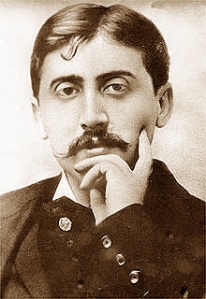
Marcel Proust
I must stress that the Proust Effect is not a reaction to the smell itself, for example my father can not bare the smell of boiling vinegar (I have to make chutney when he is out) and I am not a great fan of jasmine, but we are reacting to the smell itself, not an association with that smell. I love the aroma of Darjeeling tea, but The Proust Effect moment is when a cup brewed in my London home transports me back to the Himalayas and another cup drunk at the Planters’ Club at the Darjeeling Hill Station, looking out at the snow on the mountains.
As I would love to know more about what smells are significant to other people I have set up this ‘Proust Effect Poll’. If you are inspired to contribute by posting a comment on the smells that trigger involuntary memories, good or bad, for you then it would help me to answer many of the questions that I have such as:
Is there just a small bouquet of aromas that are meaningful to many, many people or whether, given that there are thousands of different odours which could potentially be significant, the Proust Effect is as idiosyncratic as each individual’s history?
I am sure that food smells will be important to many of us. I also expect that like my memories there will be many ‘firsts’: first trips abroad or first visit to the sea etc. I imagine that people in different countries will have different associations. I suspect that we become blasé of perfume as we grow older and fewer moments get added to our personal memory bank. I wonder if natural smells lavender etc are more thought provoking than those that are created and bottled by perfumers and whether it is always the strong smells that stick or whether subtle scents, like Proust’s madeleine, also linger in the mind.
So I can answer these questions I need your comments. I hope you will be inspired to write a few lines and in a few weeks return to see what others have said and to read the conclusions that I may be able to extrapolate.
In the meantime, hopefully to whet your appetite and encourage you to contribute, here is my recipe for Madelaines.
Proust Effect Madeleines.
The basic Madeleine recipe is a Genoise sponge, I add two teaspoons of orange blossom water to make the particularly fragrant and so extra ‘Proustian’.
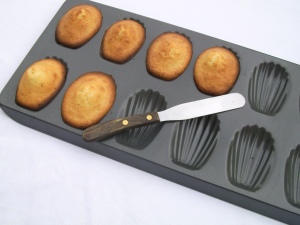
120 grams butter
140 grams plain flour
0.5 tsp baking powder
pinch of salt
Grated zest of an orange
3 large eggs
140 grams castor sugar
2 tsps orange blossom water
Vegetable oil for greasing tin.
Melt the butter.
Sieve together flour, baking powder and salt. Add the orange zest.
With an electric whisk, whisk together the eggs and sugar for about 5 minutes until the mixture is thick and creamy. Add the orange blossom water.
Gently fold the dry ingredients into the whisked egg and sugar.
Take out a spoon full and whisk into the melted butter. Return this to the main mixture and gently fold through.
Leave to stand for 30 minutes. The mixture will become firmer.
Heat the oven to 190 degrees centigrade.
Grease the Madeleine pan.
Put a generous spoon in each shell indentation.
Bake for about 12 minutes. Be careful they don’t over cook or they will become dry.
These are best served the same day.
[1] Marcel Proust,
The Way by Swann’s, In Search of Lost Time, Trans. Lydia Davis. Penguin Books, London 2002
